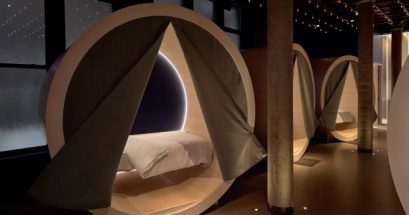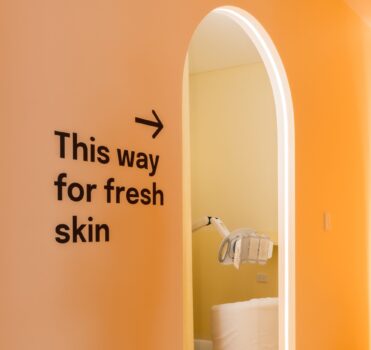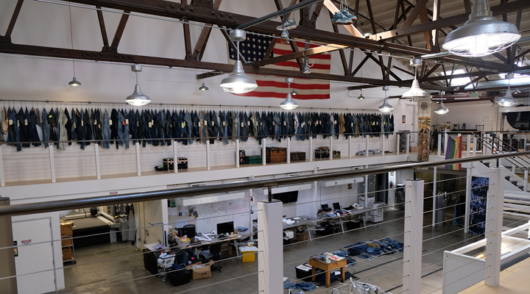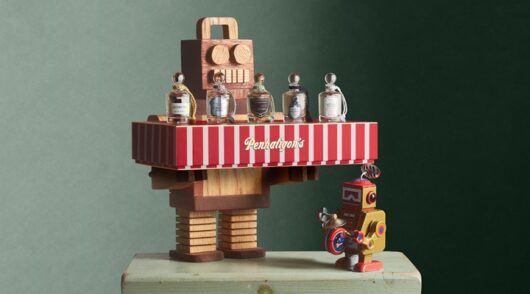
At the moment, retail really is the tale of two types of retailers: traditional and pureplay. Let’s start with traditional retailers, those who started pre-internet in bricks-and-mortar stores. This group is currently experiencing maturing sales. Their dominant growth strategy is shifting from opening more stores, which traditionally drove growth, to investing into online, including omnichannel and frictionless initiatives.
Thanks to increased competition and more progressive consumers, many traditional retailers are being forced to take a hard look at whether their offer is truly compelling to customers, which goes well beyond ticking the boxes on brand tracking or NPS. In essence, traditional retailers are being asked to re-evaluate and evolve their offer to work in a new time.
Then there’s the story of pureplay retailers, which were born without the legacy of bricks-and-mortar, but ultimately are limited in their growth by being single channel. This group is made up of retailers which are truly experiencing “the best of times” with high growth rates, though they are often underpinned by issues with profitability.

What is interesting, and maybe even ironic, is that in their search to keep growth high (over 10 per cent per year) they are looking offline. This is bigger than the occasional marketing pop-up – they are going permanent. For example, optical retailer Warby Parker is due to have a 100-store network in the US by the end of this year.
This raises the question: Are pureplays the future of physical retail?
Based on what I’m seeing (and maybe controversially), yes. Of course, they are in their infancy with physical retail, but these signs suggest to me that their approach will create and disrupt physical retail’s future.
1. Their offer is already customer-centric
While traditional retailers work out how to put the customer back into the heart of their business – particularly if the current generation of consumers wasn’t their core when they started, or the business isn’t representative of their customer – most pureplay businesses were set up this way from the start. Many founders started their business because of a fundamental dissatisfaction with the way the category operated. In the most successful examples, the founder is representative of the customer.
Take the cult beauty brand Glossier, founded by millennial blogger Emily Weiss, for example. In 2010, Weiss started a blog called Into the Gloss, where she fostered a community of beauty lovers. She then used her fans to develop a range of beauty products under the brand Glossier. The result: a business that designs directly for their customer, valued at US$390 million ($542.52 million), with three stores (as of this writing).
According to New York Magazine, Glossier’s NYC flagship on the sixth floor of an office tower – meaning it’s not even street-front – drives higher sales per square foot than the average Apple store (approximately US$5546 per square foot, or approximately $55,000 per square metre).
2. The store is about more than the sale, it’s an acquisition channel
In traditional retail, we often measure the success of a store by its productivity – that is, sales per square metre. This measurement actually limits the purpose of the store to purely being about commerce. However, pureplay retailers see the store as more of a marketing vehicle. The hypothetical question they are asking themselves is, can the store do more with our marketing money than advertising?
To quote Scott Tannen, the founder of US online bedding business Bol & Branch, which just went offline with its first store: “Advertising … might get you a million customers, but the long-term value on those customers is low – all you’re doing is buying one-time revenue. Not long-term affinity.”
The stores they are creating are a hybrid of commerce and channel.
3. The store is a live experiment
One of the core attributes of the pureplay culture is agility. Most pureplays have embedded a customer experience (CX) design process in the business and nurture an appetite for experimentation. As such, they see physical retail as a journey, not a destination.
Just take the mattress pureplay Casper, which has sales of more than US$600 million ($834.65 million) and 20 stores around the US, with plans to reach 200 in the next three years. Casper has spent a lot of time testing its bricks-and-mortar presence through the use of pop-ups, from partnering with Nordstrom on a range of pop-in experiences through to branded temporary stores. Treating retail as an experiment, not a destination, has allowed Casper to create a pretty stellar flagship experience in NYC called the Dreamery, where customers pay US$25 ($34.78) to have a 45-minute sleep. Genius!
There is no doubt we are at the beginning of a tipping point, where physical retail is being revolutionised by those without bricks-and-mortar baggage – the pureplays. Although most of this shake-up is happening offshore, there is no doubt it will hit us soon enough, as our very own pureplays look for growth outside of their single channel.
Pippa Kulmar is co-director of Retail Oasis.





